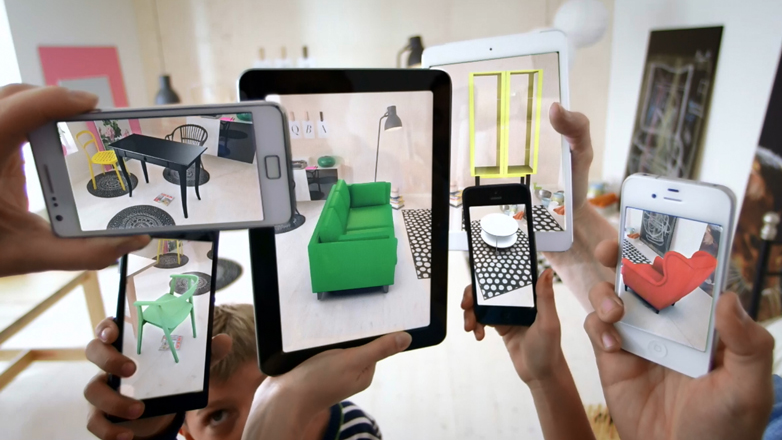Share
What is Augmented Reality (AR)?
AR is a live direct or live indirect view of a physical real-world environment, whose elements are augmented by a computer generated accessory (sound, video, graphic). AR involves the integration of digital information with live video of the environment in real time.
In AR, the view of reality is modified and ones perception is enhanced by replacing real world imagery with simulated ones. The end result is that it blurs the line between what’s real and what’s computer enhanced by taking graphics from the television screen and/or computer and integrating them into real-world environments. The goal is to create a system in which the user cannot tell difference between real world and virtual augmentation.
Video games and cell phones drive AR, and it is useful when tied into location based technology. The key to AR is the software, which is written in special 3D augmented reality programs that allow the developer to tie in animation or contextual information into the computer program.
To experience AR, the user must download a plugin or software application (flash or shockwave for example) and when incorporated with advanced AR technology (adding computer vision and object recognition), the information becomes interactive and digitally manipulable.
Examples of AR use:
-
changing maps behind weather reporters
-
visual displays and audio guidance for complex tasks
-
virtually trying on clothes while webcam shopping
-
historical recreations integrated with current environment



